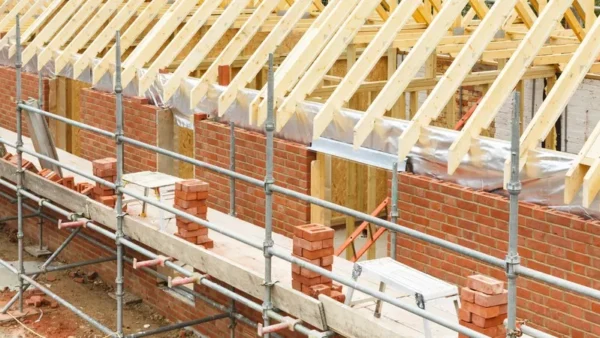
A new competence framework for site supervisors will raise standards, ensure compliance and foster safer construction practices, writes Kris Zakrzewski.
Construction industry competence has been under scrutiny since the tragic Grenfell Tower fire of June 2017 and following Dame Judith Hackitt’s Independent Review of Building Regulations and Fire Safety.
The Construction Industry Council’s Competence Steering Group set up a series of working groups to look at built environment competence. One of these, Working Group 9, focused on site supervisors. Since January 2024, the group has been part of the Industry Competence Steering Group led by the Building Safety Regulator’s Industry Competence Committee.
Working Group 9 has developed a framework for the competence of site supervisors, aligning with industry standards including PAS 8672:2022 Competence of Principal Contractors, PAS 8671:2022 Competence of Principal Designers and the BSI Flex 8670 Core Criteria for Building Safety in Competence Frameworks.
The importance of competence in construction cannot be overstated, particularly in navigating and ensuring compliance with building regulations and the safety of buildings throughout their life cycle.
A crucial aspect of this lies in the competence of site supervisors, the individuals directly supporting the principal contractor, and this is what the framework covers. The framework designates their roles and responsibilities, emphasising their position in ensuring compliance with regulations and safety standards.
Site supervisor role
First, who is the site supervisor? The answer is clearly explained within the framework. This individual, whether employed directly by the principal contractor or contracted to them, may have a range of job titles, but typically they will be a site manager, site agent, construction manager, site supervisor or site foreman.
This individual plays a pivotal role in the supervision of building work and ensuring it aligns with design specification and regulations.
What is groundbreaking in this framework is its clear definition of a competence threshold. It outlines basic competence requirements applicable to site supervisors and additional requirements for those working on higher risk buildings (HRBs). This ensures they possess the necessary skills, knowledge, experience and behaviours to fulfil their duties effectively.
But it does not stop at definitions. The framework also explains the competence requirements based on the individual’s role, discipline, activities and tasks.
This allows for a more tailored approach, providing a roadmap for assessing competence, ensuring it aligns with specific job roles and responsibility.
Furthermore, the document provides clarity on the relationship between those individuals and principal contractors, describing their respective roles and competencies. This helps in streamlining communication and coordination between the two, essential for effective construction management.
Ethical behaviour
However, it’s not just about who does what. There is a focus on ethical behaviour and professional standards. Why? Because it is essential for creating a culture of safety and trust.
Additionally, the document provides guidance for the assessment of site supervisor competence. This is so that professional institutions, regulators, and construction organisations can evaluate and enhance the competency of individuals. Site supervisors can also use this to identify their competence limitations and areas for development.
Competence Steering Group: Working Group 9, Site Supervisors
Peter Dawber (previous chair)
Kris Zakrzewski, Colorminium/Envoy Projects (chair)
Simon Pitchers, Institution of Structural Engineers
Hassana Ahmed and Lyndsey Montgomery, CIOB
Wayne Ward, Faithful+Gould
Gerald Naylor, education and training consultant
John Hall and Noel Chambers, Kier
Paul Senior, Isle Consult
John Staves, Michael Aubrey Partnership
Dawn Hillier and Lynne Morgan, CITB
James Biggs, London Square
Nicola Markall, Sir Robert McAlpine
Damion Guest, McLaren Group
Steffan Speer, Morgan Sindall
Graham Thornton, Wates
The framework also puts a spotlight on CPD. Individuals are required to maintain competence by ensuring they stay up to date with industry standards and best practice. But while it gives advice, it does not lay down specific educational or training requirements.
The site supervisors competence framework represents significant advancement in ensuring building safety and regulatory compliance. By setting clear competence criteria and promoting a culture of continuous improvement, it will contribute to raising standards, ensuring compliance, and fostering safer construction practices.
I was nominated as chair of Working Group 9 from January 2024, taking over from Peter Dawber, and I am immensely proud to be part of this group, and to lead this team of experienced and knowledgeable professionals from leading industry organisations.
Kris Zakrzewski MCIOB is a project manager with Colorminium/Envoy Projects and chair of Working Group 9.
You can download the Built Environment Framework for the Competence of Site Supervisors in England here.











